John Herzig was quite pleased with the latest addition to his ever-so-slightly notorious collection.
Higgins later gained fame as the movie mutt, “Benji,” and to Herzig, Inn’s story of a lifetime of rescuing dogs from euthanasia and boarding them until he could find them homes is one that deserves to be remembered. “He supported at least 2,000 animals,” Herzig says. When Higgins eventually died after a long and fulfilling life, Inn gave her funeral, and Herzig has the program.
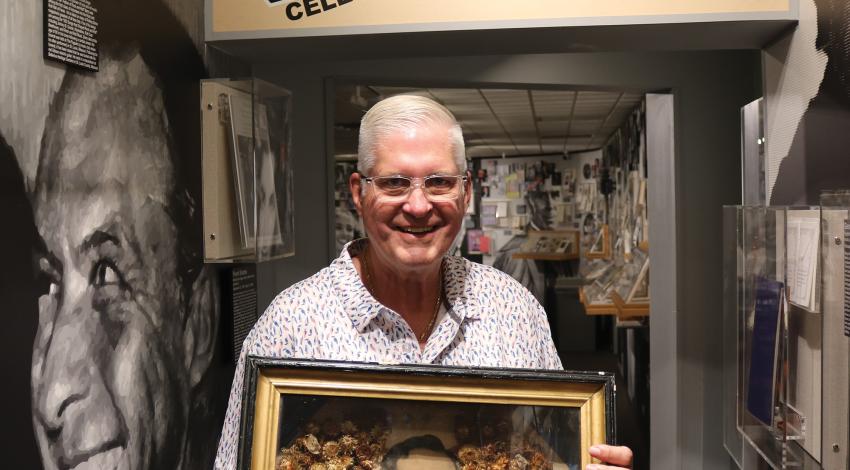
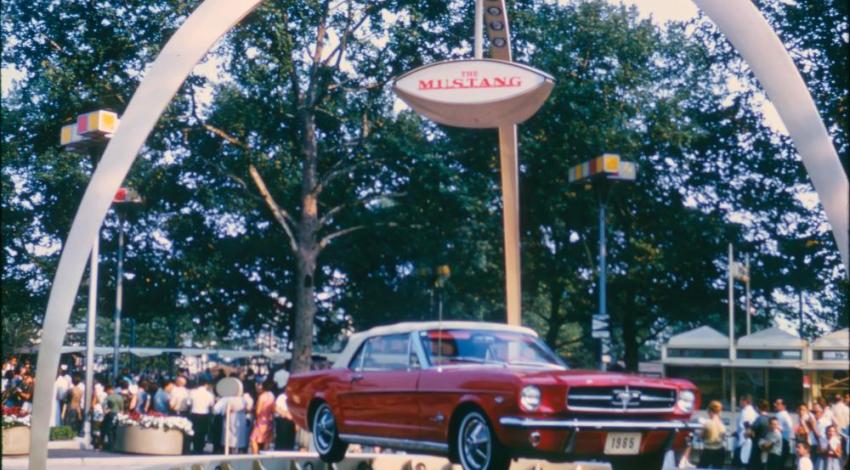

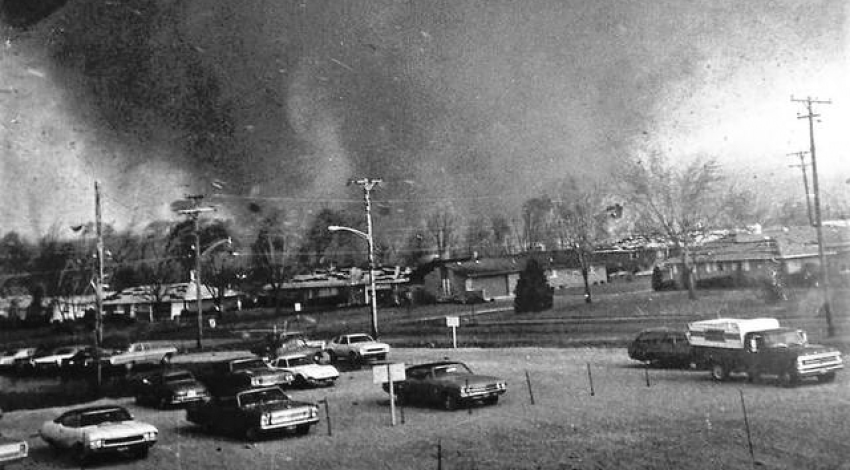
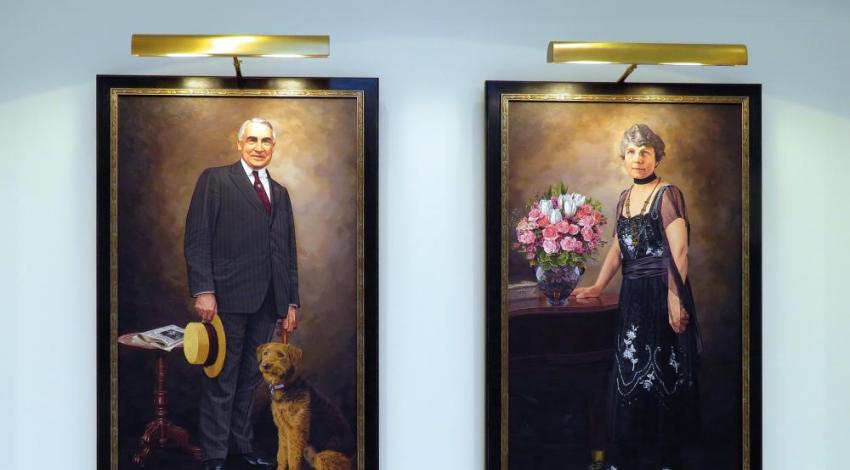
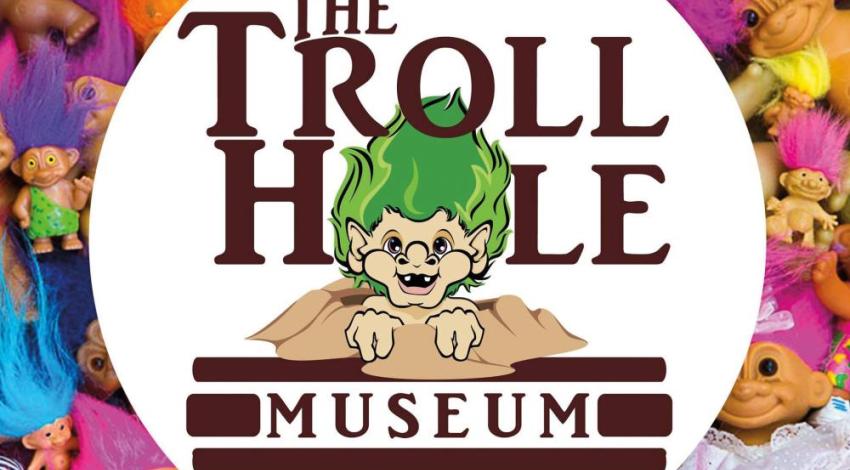


 The building’s main hallway features life-sized Larry Byrd and Kobe Bryant figures, among others. A prone man made of red Legos appears contemplative inside a case; nearby, a Lego dragon sits at a Lego campfire, roasting a Lego marshmallow.
The building’s main hallway features life-sized Larry Byrd and Kobe Bryant figures, among others. A prone man made of red Legos appears contemplative inside a case; nearby, a Lego dragon sits at a Lego campfire, roasting a Lego marshmallow. 









